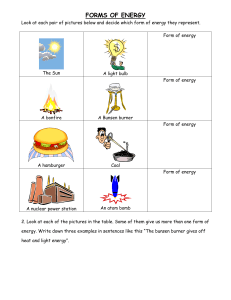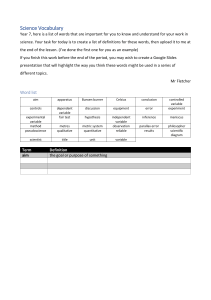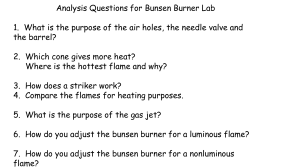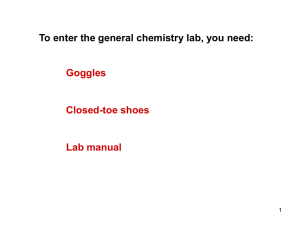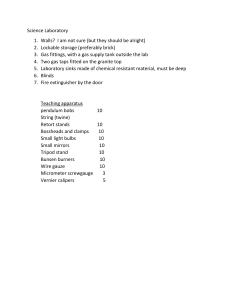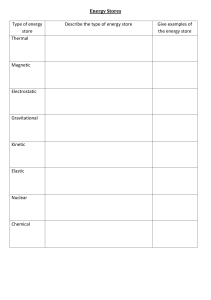Robert Bunsen: Life, Inventions, and Scientific Contributions
advertisement
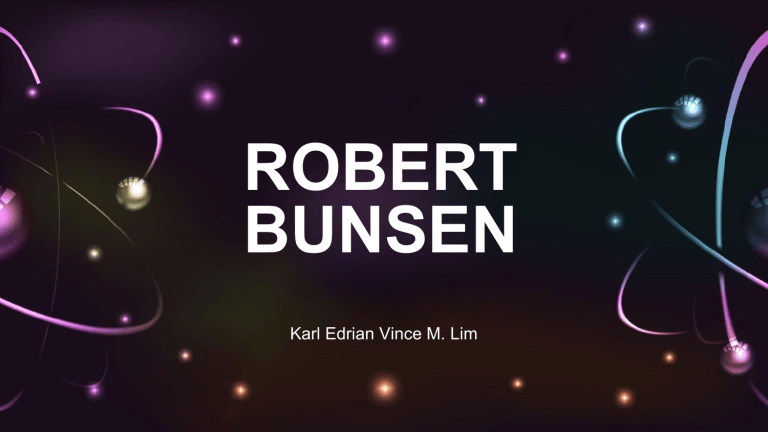
ROBERT BUNSEN Karl Edrian Vince M. Lim discovered the antidote to arsenic poisoning. Years later, it saved his life. He invented the zinc-carbon battery; invented flash photography; showed how geysers function; and with Gustav Kirchhoff invented one of the most fruitful scientific methods in history: spectroscopy, which Bunsen and Kirchhoff used to discover the elements cesium and rubidium. His name is best remembered for his invention of the clean-burning Bunsen burners used in laboratories worldwide. Robert Wilhelm Eberhard Bunsen March 20, 1811 – August 16, 1899 Father: Christian Bunsen - A professor of modern languages and head librarian at the University of Göttingen. Robert’s mother came from a military family. attended elementary school and high school in Göttingen. When he reached the age of 15 he moved to the grammar school in Holzminden. 1828, aged 17, he started work for his degree at the University of Göttingen. He took courses in chemistry, physics, and mathematics, with some geology and botany. He won an award for his work on a humidity meter. When he wrote this work up in 1830, he was awarded a Ph.D. in chemistry Bunsen stayed at Göttingen until he won a government scholarship to travel around Europe studying chemistry. He spend most of 1832 and 1833 learning chemical techniques in laboratories in Germany, Austria, Switzerland, and France. In France he spent time in Paris working with the famous chemist Joseph Gay-Lussac. INVENTIONS, discoveries & contributions Arsenic Zinc-Carbon Battery Gas Analysis Geysers Function Bunsen Burner Spectrometer Flash Photography + other elements AWARDS Bunsen worked in pre-Nobel prize days. In 1860 he was awarded the equivalent of the Nobel Prize, in the form of the British Royal Society’s Copley Medal; he also won the Royal Society’s Davy Medal in 1877. He was elected foreign member of the Royal Society, and in 1883 became one of eight foreign members of the French Academy of Sciences.
